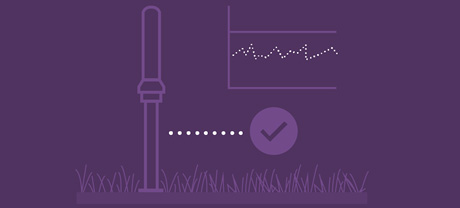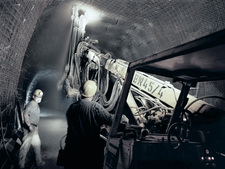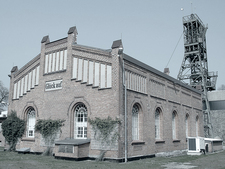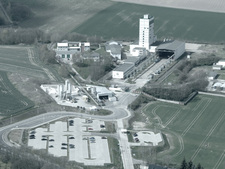Navigation and service

Citizenservice
Booking Request

Booking Request
Want to see at first hand how things look at 1,000 metres beneath the earth’s surface, and deeper? Let us take you on an interesting and informative journey into the inner workings of Konrad. We’ll show you what goes on underground, where the radioactive waste will be stored.
Konrad Overview

Konrad Overview
With this additional internetsite the Federal Office for Radiation Protection will give you a more exemplified and animated view of the future Konrad repository in Salzgitter.
ODL-Values

ODL-Values
The Federal Office for Radiation Protection is continuously monitoring the environmental radioactivity in Germany. About 1.800 Probes distributed all over Germany are measuring the gamma dose rate (GDR)








